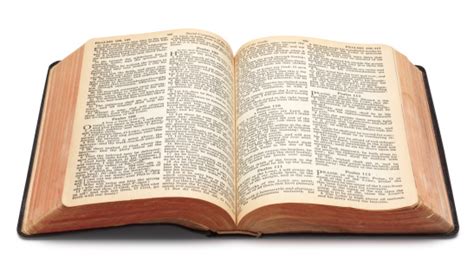RR144
Freshman
- Joined
- Jun 17, 2023
- Messages
- 61
- Reaction score
- 28
- Points
- 18
Many have been plagued by the fruitless arguments of a well-known organization whose adherents make much of the question of what it was upon which Jesus was crucified (or "impaled"). One brother was accosted with the question at a fair booth: "Why do you have Jesus hanging on a pagan symbol?" His answer as classic: "Because it was pagans who killed him." Perhaps the matter is not worth the space for consideration. Yet, if any feel it is, there is both historical Scriptural support that Jesus was slain on a two-piece cross.
Strong's Concordance (as other lexicons) demonstrates that the Greek word is of no help in solving the question.
Archaeological findings of the period (see McClintock and Strong, Vol. 2, pp. 575-581) are strongly in favor of two piece crosses. One-piece crosses, when used, either had the victims tied to them, or the stake was run through the body. The descriptions of Jesus' death obviously do not meet these conditions. The term "impale" (used in a modern translation) is most unfortunate, as the term suggests running the pole through the person's body, not affixing the person to the stake. The Scriptural evidence, as usual, is the strongest available evidence. It is clear from John 20:25 that nails (plural) were used in Jesus' hands. (Also note prophetic references to plural nails, Psalm 22:16, and to piercing of hands and feet, Zechariah 12:10.) On a single upright the hands would have to be above the head and almost certainly upon each other fastened with a single nail. On a crosspiece, of course, plural nails are a necessity. Another evidence, a strong one, is suggested in Matthew 27:37 and John 19:19, 20.
A sign, large enough to be written clearly in three languages, was placed OVER HIS HEAD. Had Jesus been hanging with his arms over his head on a single-piece stake, the sign could not have been over his head, but over his hands. This problem disappears with a two-piece cross.
Strong's Concordance (as other lexicons) demonstrates that the Greek word is of no help in solving the question.
Archaeological findings of the period (see McClintock and Strong, Vol. 2, pp. 575-581) are strongly in favor of two piece crosses. One-piece crosses, when used, either had the victims tied to them, or the stake was run through the body. The descriptions of Jesus' death obviously do not meet these conditions. The term "impale" (used in a modern translation) is most unfortunate, as the term suggests running the pole through the person's body, not affixing the person to the stake. The Scriptural evidence, as usual, is the strongest available evidence. It is clear from John 20:25 that nails (plural) were used in Jesus' hands. (Also note prophetic references to plural nails, Psalm 22:16, and to piercing of hands and feet, Zechariah 12:10.) On a single upright the hands would have to be above the head and almost certainly upon each other fastened with a single nail. On a crosspiece, of course, plural nails are a necessity. Another evidence, a strong one, is suggested in Matthew 27:37 and John 19:19, 20.
A sign, large enough to be written clearly in three languages, was placed OVER HIS HEAD. Had Jesus been hanging with his arms over his head on a single-piece stake, the sign could not have been over his head, but over his hands. This problem disappears with a two-piece cross.

